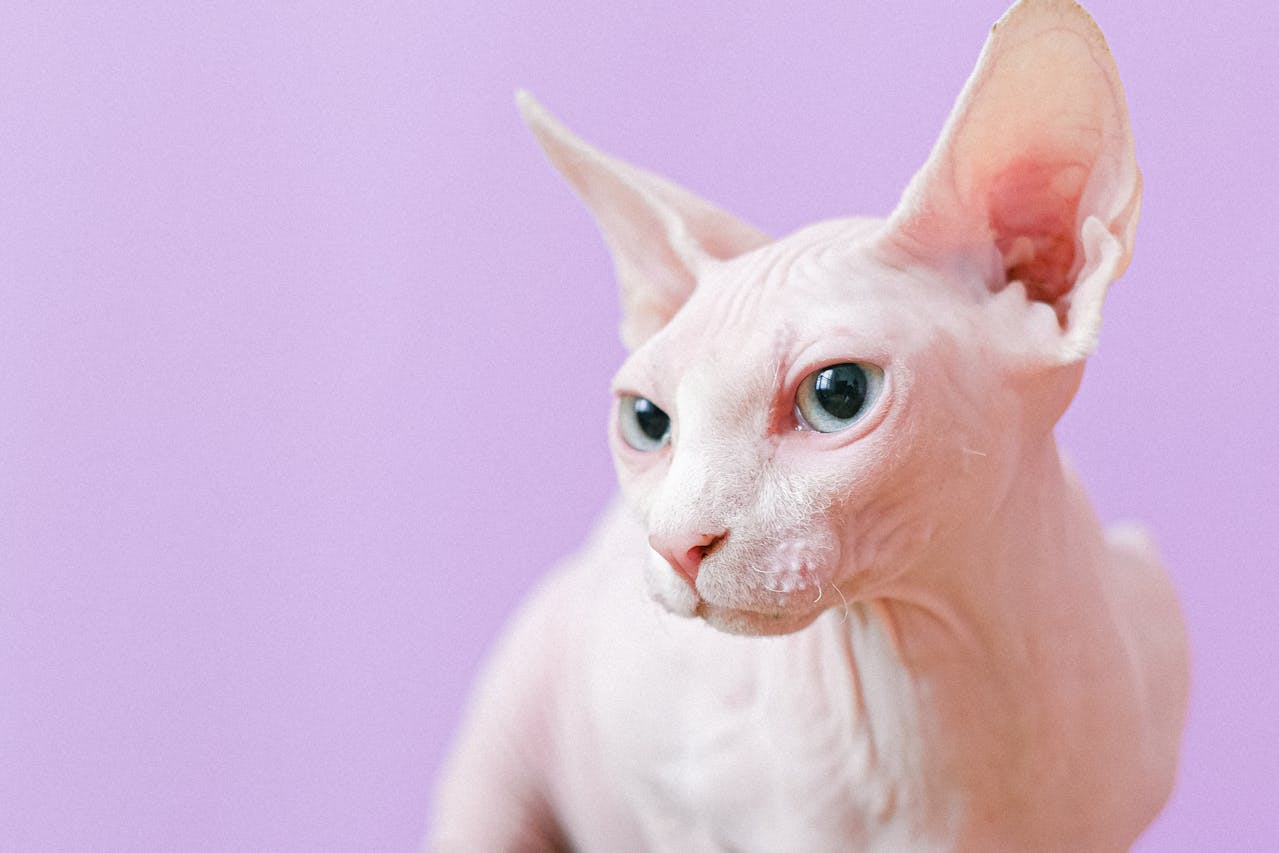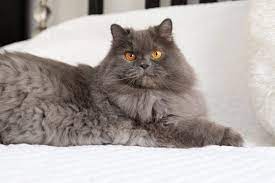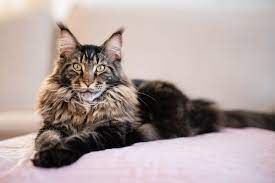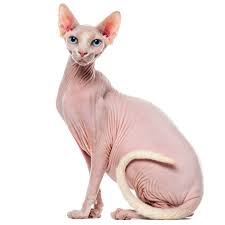
16 Feb Anesthesia Protocols for Purebred Cats
Purebred and exotic cats are special creatures. So many different purebred or exotic cats are known for their special characteristics. This may be as simple as their appearance or activity needs to dietary needs or even predisposition to medical ailments. In fact, purebred cats are more likely to have dental anomalies according to a recent study. Many pet owners are not only aware of these specialties that create such breeds, but are also hyper-aware of the potential negatives these characteristics may bring, including anesthesia protocols for purebred cats.
Anesthetic Needs for Purebred Cats
When considering purebred cats and their anesthetic needs, it is often not much different than domestic shorthair cats. However, here at Your Pet Dentist, we fully acknowledge there are absolutely times where these cats require special care. Our doctors, Dr. Briggs and Dr. Greenfield, are not cognizant of these special concerns, but are always ready to discuss when certain incidents may lead to negative side effects.
Unfortunately, as I think we all can agree, the internet is sometimes an amazing resource but may also lead to the spread of false information. Just as people have idiosyncratic reactions to various drugs, our pets can experience the same. Fortunately, most cats, including purebred cats, do not have inherent allergies or sensitivities to most of the medications we use in veterinary medicine. This, however, is not completely the same for certain dog breeds. That is addressed in our previous blog post about dog breeds with special anesthesia considerations! Our team at YPD are here to discuss experiences, concerns, and special handling of your purebred cat at any point!
Characteristics to Consider When Administering Anesthesia
So let’s focus on those characteristics that have the potential to bring about negative side effects for your purebred cat when considering anesthesia.
Brachycephaly
Possibly the most common thing we see in certain cat breeds is brachycephaly, or a smooshed face. This is the case for Persians, Himalayans, British and Exotic shorthairs, as well as Burmese cats. All animals with brachycephaly may have changes within their oral cavities and airways that create an increased risk for regurgitating as well as decreased airflow. We absolutely take extra precautions for these patients with regard to protecting their airways and their ability to breathe normally after the procedure.

Prevalence of Cardiac Disease
Another big concern of merit is the prevalence of cardiac disease in certain purebred cats. There is well supported evidence that Maine Coons and Ragdolls are at higher genetic predisposition to develop cardiac disease, specifically hypertrophic cardiomyopathy. Many owners of these cats are aware of this increased risk and often have routine cardiac screenings performed by a board-certified cardiologist. Dr. Briggs and Dr. Greenfield may even make the suggestion that this happen prior to anesthesia if it has not been done within the last 6-12 months. Cardiac disease is a risk factor for anesthesia. Every precaution is taken with these patients when considering drug usage/protocols, length of procedures, and postoperative instructions. Our team will cover these in detail at the time of your consultation. Moreover, our board-certified anesthesiologist, Dr. Martin Kennedy, will also be involved with your pet every step of the way. This helps create seamless transitions during the peri-operative period in addition to the clear benefit of having yet another specialist directly involved with your pet.

Temperature Regulation
One of the least common characteristics we see, yet one of our favorites, is the hairless cats, most commonly the Sphinx. Sphinx’s are known for their special personalities as well as their unique appearance! Fortunately, the biggest concern for these cats while under anesthesia is their ability to maintain their body temperature. It goes without saying, having fur works towards maintaining body temperature. With the Sphinx, as with all hairless cats, dogs, and even pocket pets, they are more susceptible to becoming hypothermic, or to have a significantly decreased body temperature. Minimizing hypothermia under anesthesia helps to reduce secondary effects that could lead to more anesthetic concerns. Our external warming systems are safely utilized on these patients not only during the anesthetic procedure but before and after as well.

Cat Dentist in Nashville
At Your Pet Dentist, we love your cats like they are our own. We especially love to see exotic and purebred cats that we don’t necessarily see every single day. Rest assured, their safety is our utmost concern and we are always happy to discuss these concerns and our ways to mitigate risk during your consultation.
Photo by Anna Shvets from Pexels


